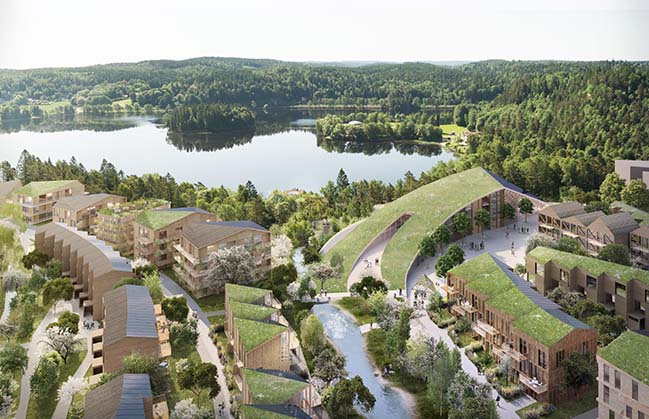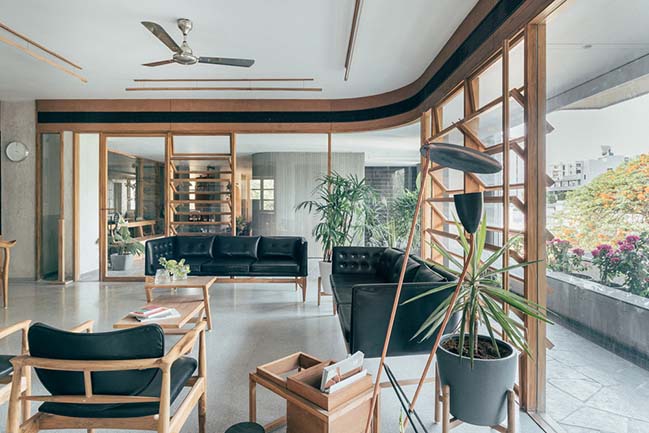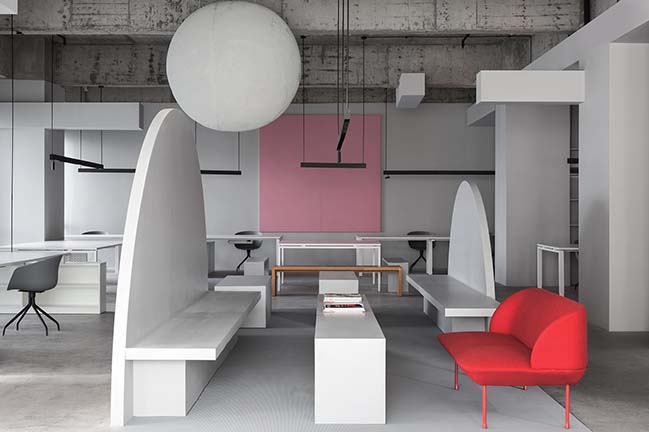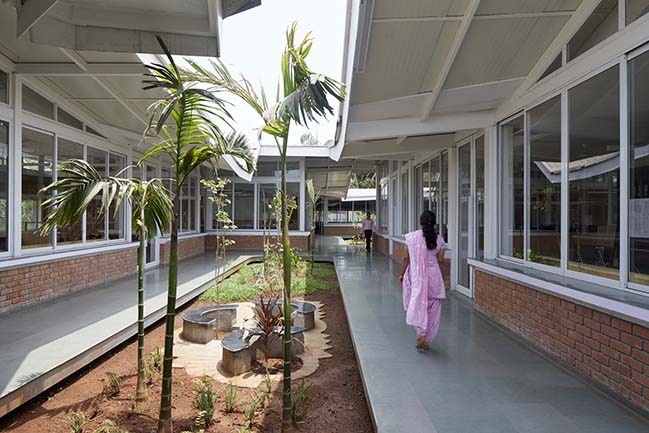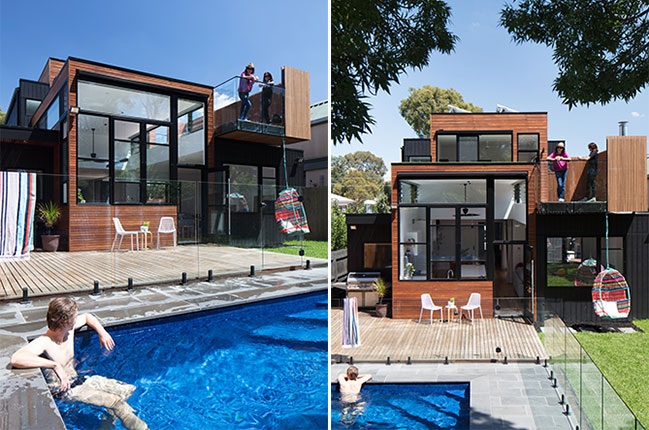08 / 28
2018
Morphosis marked the recent opening of the new 820,000-square-foot research and development (R&D) facility for The Kolon Group, the leading textile manufacturing company in South Korea.
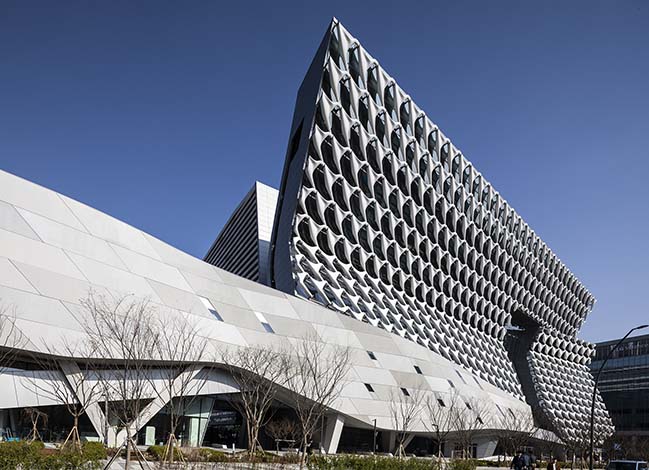
All photos by Jasmine Park, courtesy of Morphosis Architects
The design features flexible laboratory facilities, administrative offices, and active social spaces that encourage greater interaction and exchange across the company departments, with a visually striking façade that demonstrates Kolon’s commitment to innovation, technology, and sustainability.
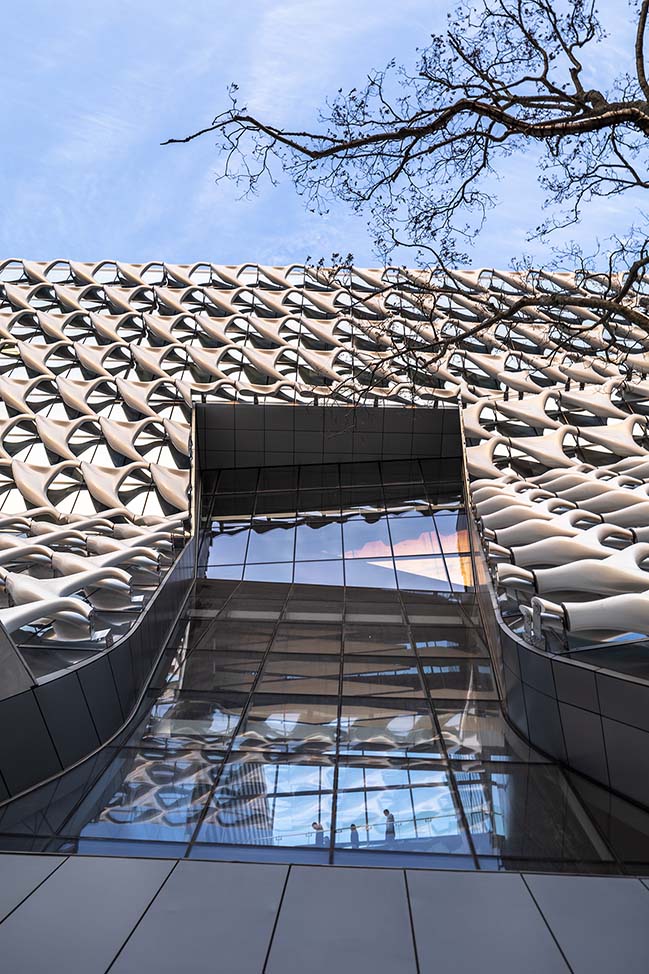
Led by CEO and Chairman Lee Woong-Yeul, Kolon (which takes its name from its original product, KOrean nyLON) is a diverse corporation that covers R&D, primary material manufacturing, and product construction. The company produces textiles, chemicals, and sustainable technologies as well as original athletic and ready-to-wear clothing lines across its 38 divisions. Kolon’s all-encompassing scope allowed the company to draw from its own resources to construct the new facility, christened the Kolon One & Only Tower, and assume a unique position as both client and contractor. Fifteen percent, or approximately 123,000 square feet, is devoted to active social spaces, supporting Chairman Lee’s vision of creating collaborative and interdisciplinary spaces that prioritize employees’ well-being. Fifty-five percent of the building is laboratory space, with the remainder designed for offices.
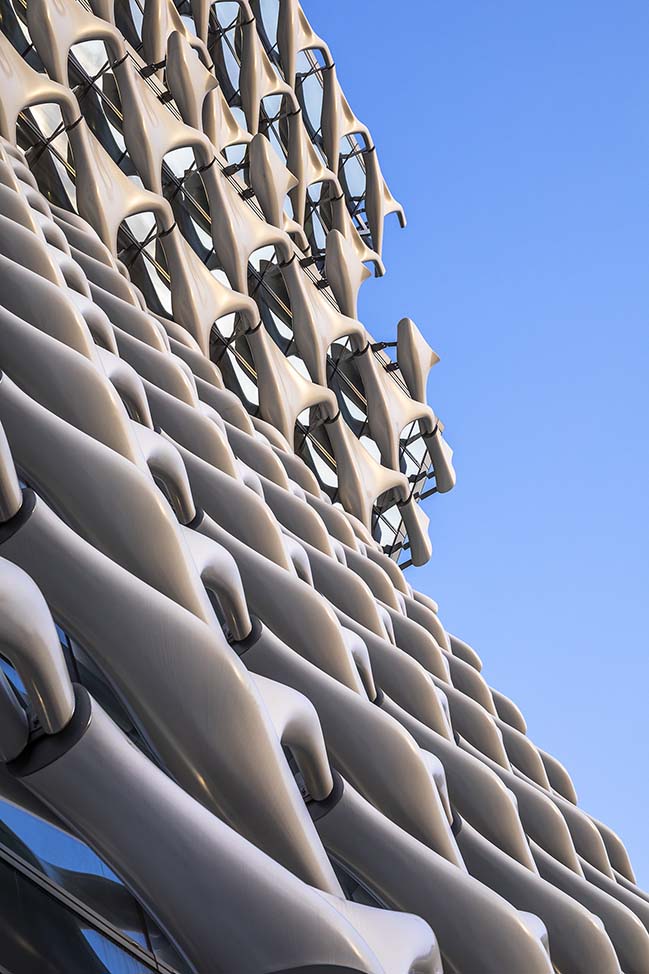
“Working with a company like Kolon, that also has innovation at its core, allowed us to really push the limits of materials, technology, and design to create a building that is visually striking and sustainable,” said Morphosis Founding Principal Thom Mayne. “From the outset, our team worked in collaboration with Kolon to realize their vision for this new space that will serve the research needs of the company well into the future.”
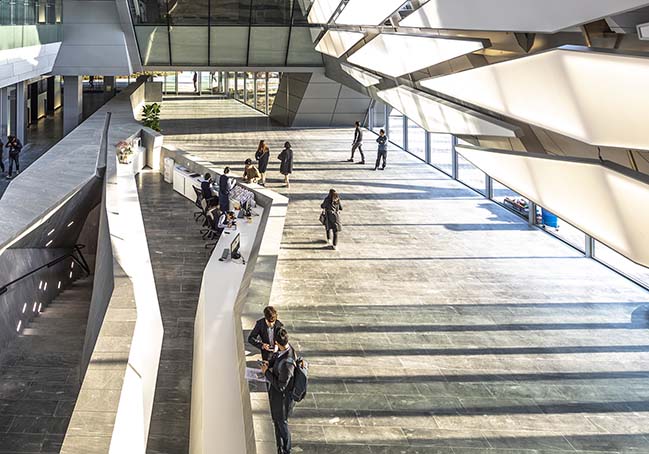
Kolon is one of the first firms to move its R&D operations to Magok, a new hub for technology and light industry, setting the standard for performance and design in the district. Seoul Metropolitan Government is leading an initiative to transform the district into an “industrial ecosystem” where a range of technology and information companies can relocate their operations centers. The five-acre project site sits adjacent to Magok’s central park—a prominent location for what will be the district’s first major completed building.
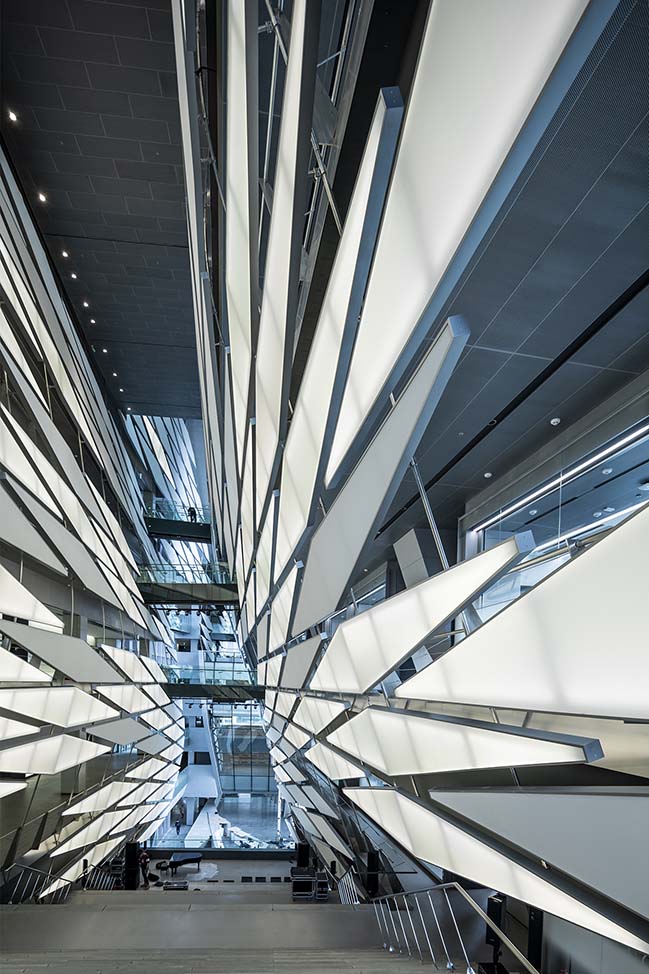
The building folds towards the park, providing passive shading to the lower floors. Bridging the three extending laboratory wings, this folding volume contains conference rooms and social spaces while the street-level floor will be occupied by flagship retail and exhibition galleries to familiarize the public with the Kolon brand.
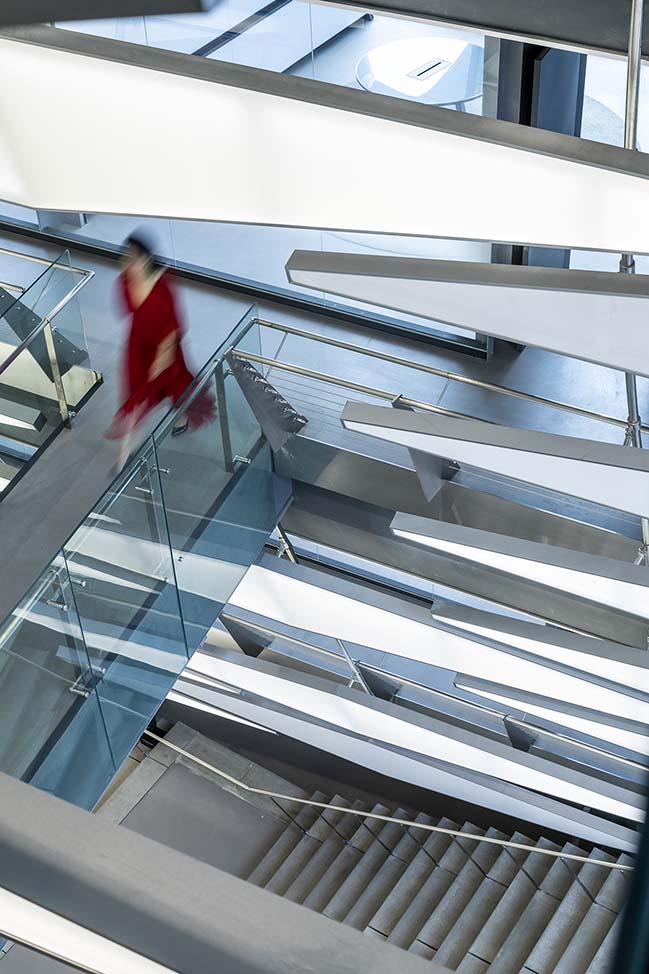
A transparent ground plane provides a connection between the landscape and the interior space, capturing light and movement in an expansive pedestrian atrium. At 40 meters tall and 100 meters long, the atrium serves as the building’s social center, and its translucent liner system—comprised of over 400 massive eight-meter panels that showcase Kolon’s own fabrics—showcases the heart of the atrium space: The Grand Stair. Inspired by the Spanish Steps in Rome, the Grand Stair serves practical functions but also acts a vertical courtyard for informal, casual gatherings as well as end-of-year marquee ceremonies.
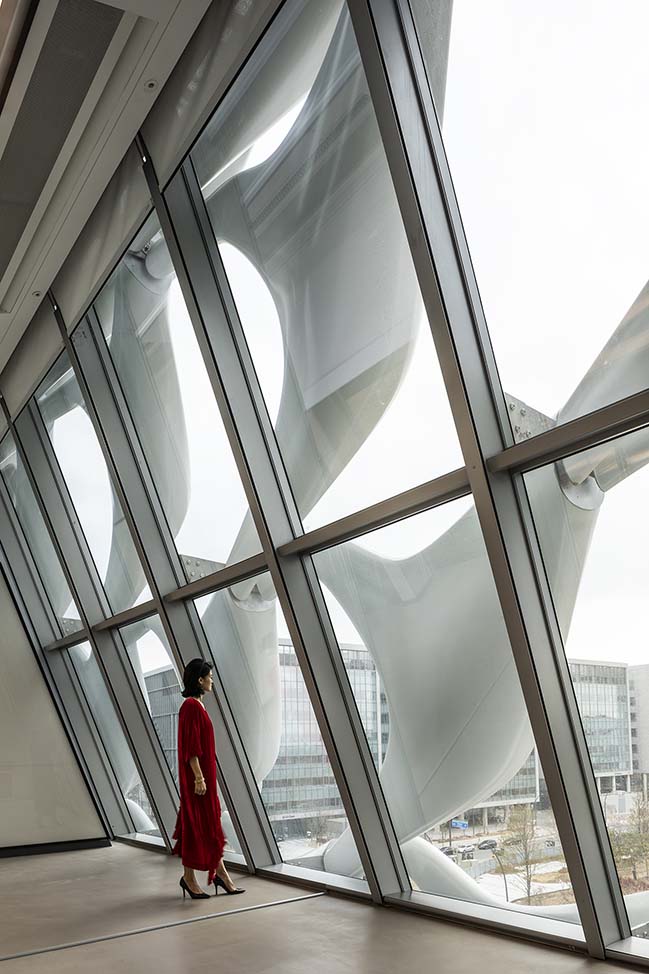
“The new research and development facility for Kolon sets the standard for sustainable design and construction in the emerging Magok district,” said Project Principal Eui-Sung Yi. “Inspired by Kolon’s severe-weather layered performance wear, our team worked with engineers and fabricators to apply a performance driven series of vertical layers to our design that challenges the conventional approach to sunshade design and enhances the building's sustainability.”

The distinctive brise-soleil system on the main, west-facing façade of the building was created through a complex process early in the design development phase of the project, resulting in a unique sunshade that is both performative and symbolic. The design of the façade features an interconnected array of sunshades that form the monolithic, outer skin, analogous to a woven fabric—a reference to Kolon’s research in textiles, as well as a symbol of collaboration between the company’s many departments. The units of the sunshade are parametrically shaped to balance shading and views and are made from fiber reinforced polymer (FRP) using one of Kolon’s own high-tech fabrics, Aramid, to dramatically increase the material’s tensile strength. One of the most notable features of the design is the lack of a visible support structures, allowing the sunshade to seemingly float outside the glazed wall and providing clear views from the interior spaces.
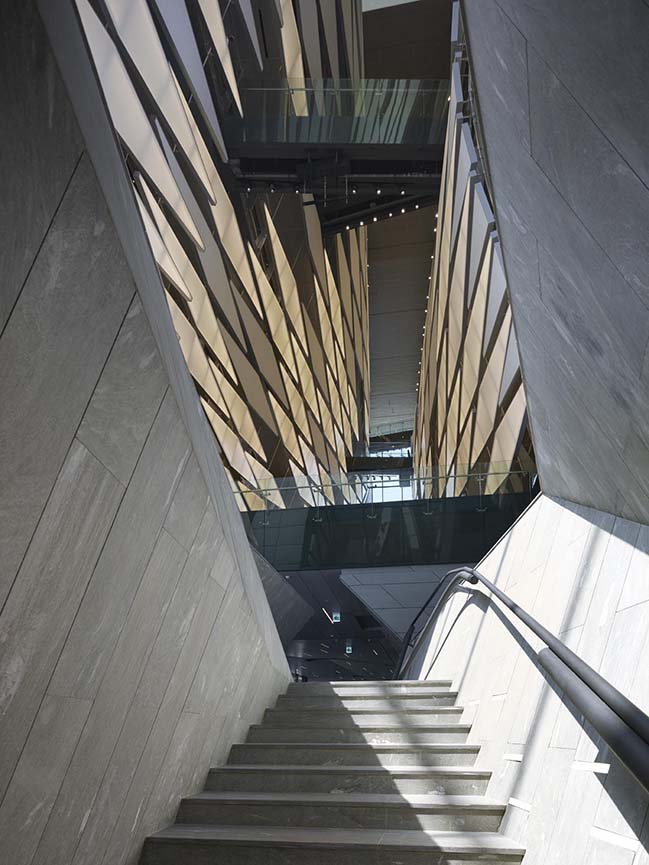
The Kolon One & Only Tower is on track to achieve LEED Gold certification, a rating that is particularly noteworthy due to the size and high level of energy consumption in a laboratory of this size. The building is also pursuing the most rigorous sustainability certification in Korea. The performance of the building focuses on energy efficiency, resource conservation, and environmental stewardship, working in concert with education and employee health and well-being. Roof terraces and courtyards provide increased access to natural light and fresh air to invigorate the work environment. Other sustainable measures include green roofs, photovoltaics (PV) and geothermal design, recycled materials, and utilizing a bubble deck slab that reduces the amount of concrete used by 30 percent.
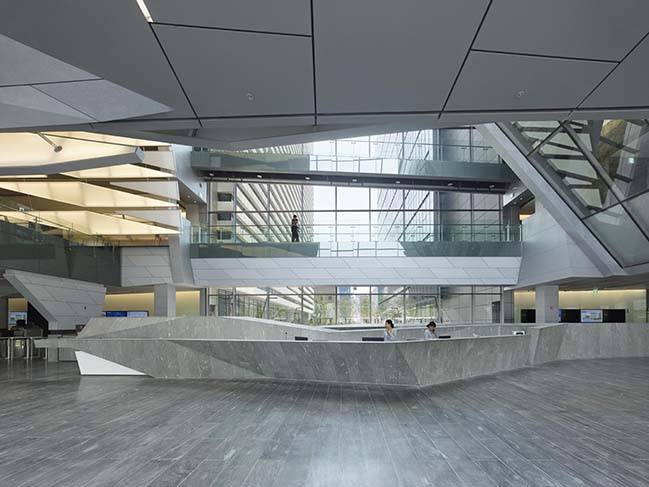
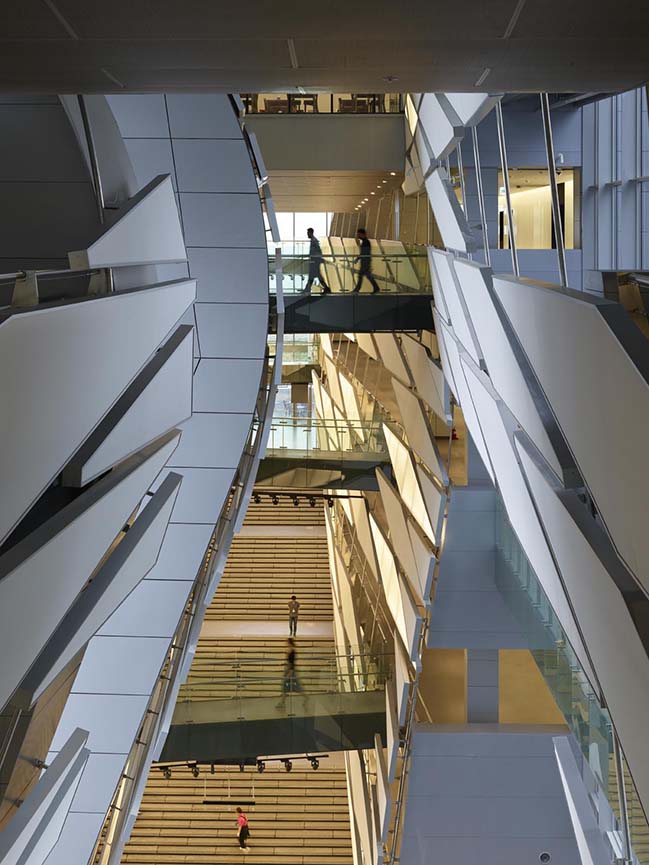
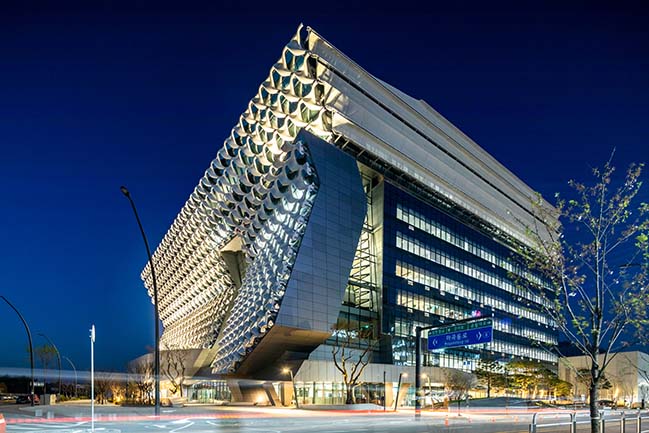
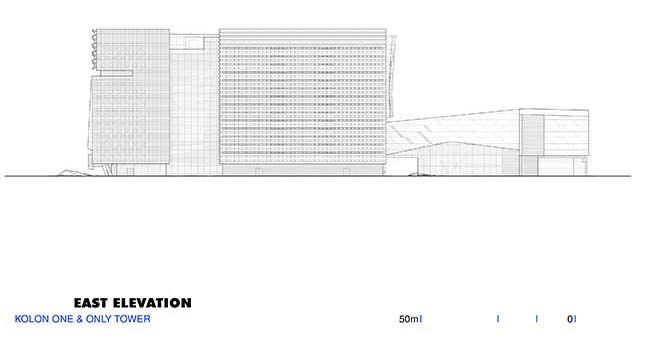
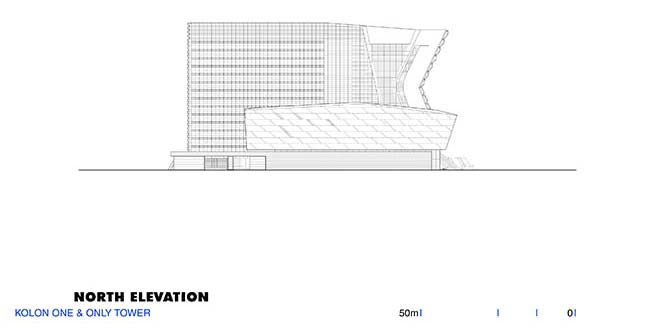
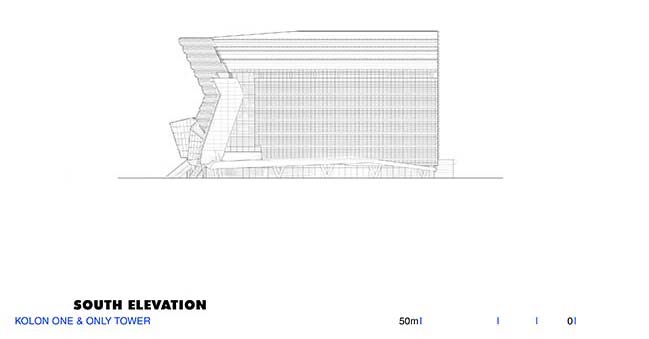
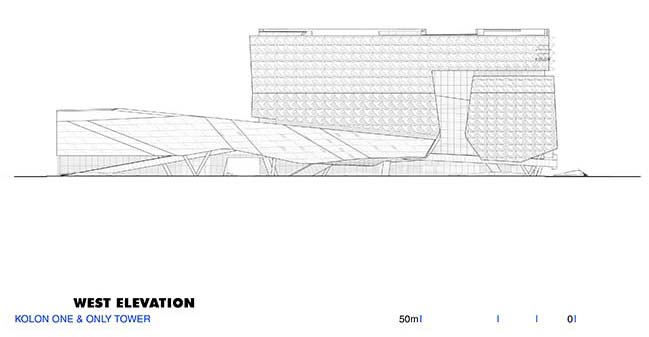
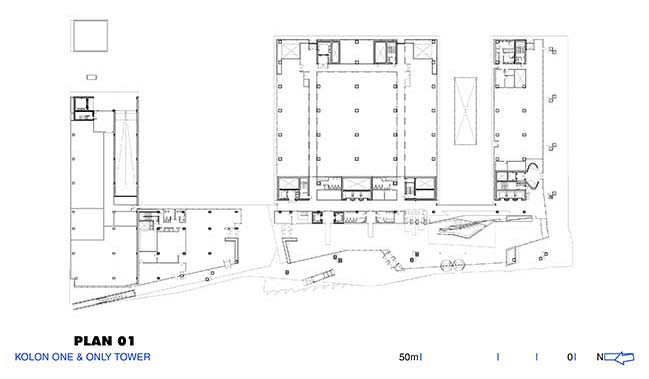


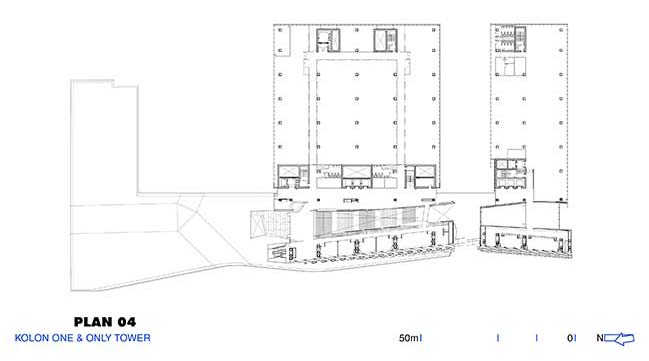

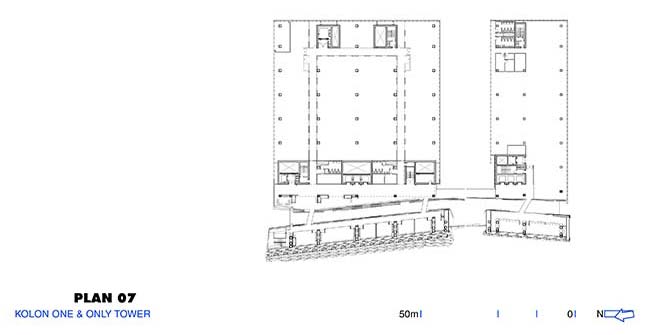
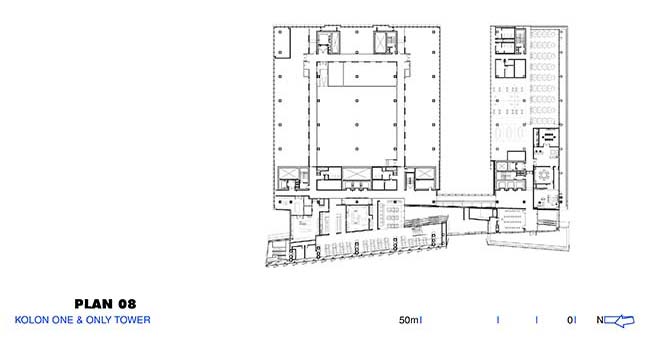

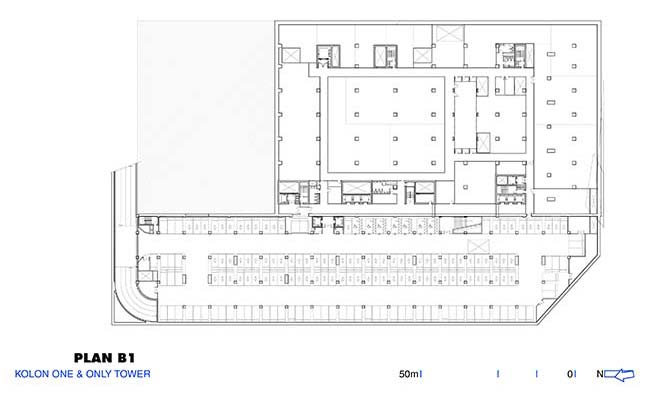
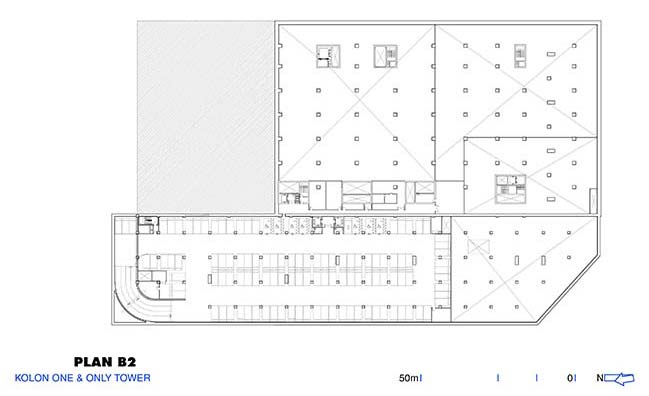
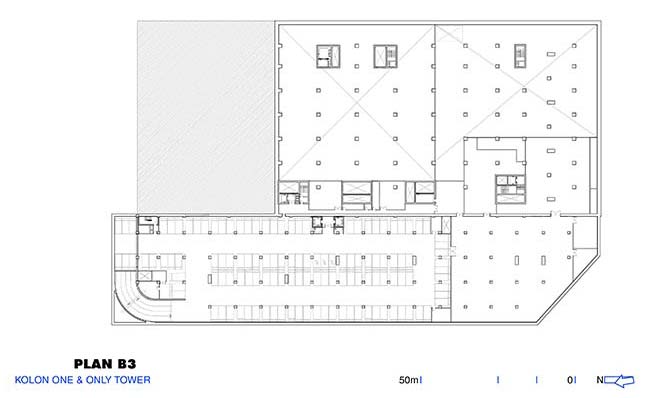
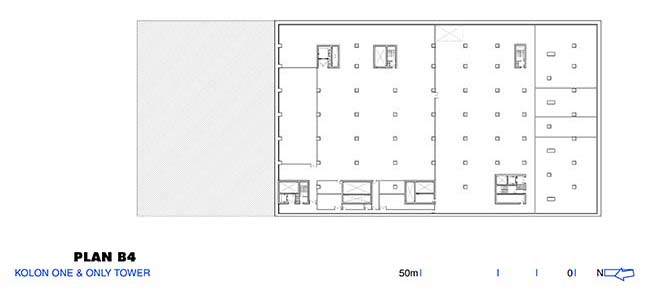
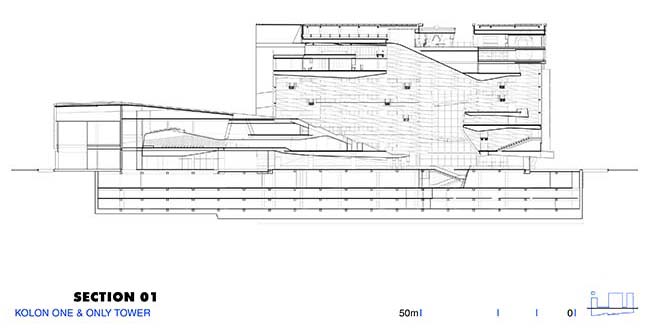
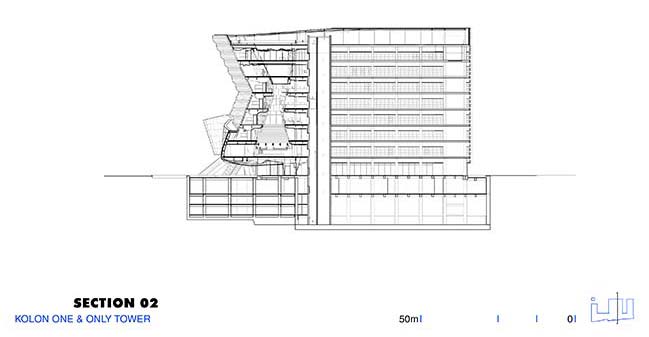
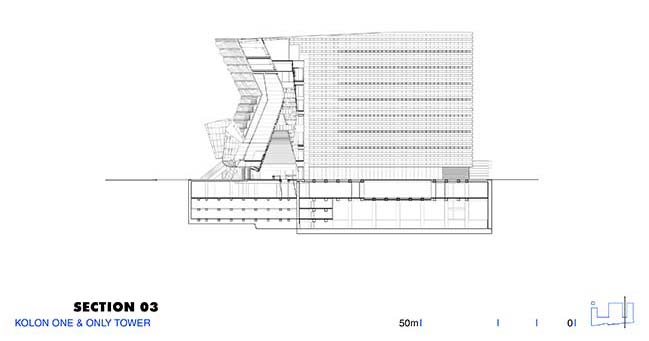
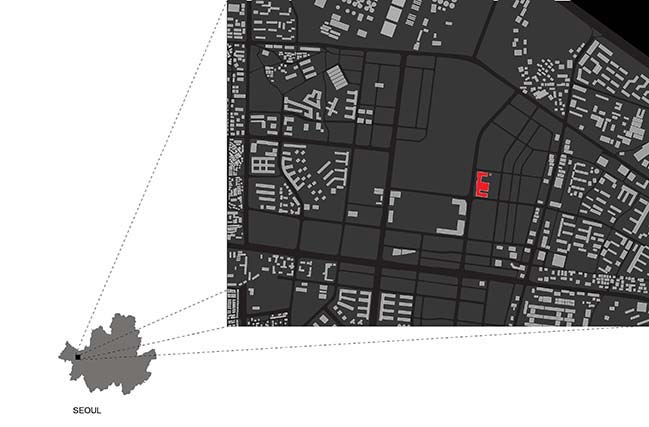
Morphosis Celebrates Opening of the R&D facility for The Kolon Group
08 / 28 / 2018 Morphosis marked the recent opening of the new 820,000-square-foot research and development (R&D) facility for The Kolon Group...
You might also like:
Recommended post: Treetop House in Melbourne by Ben Callery Architects
